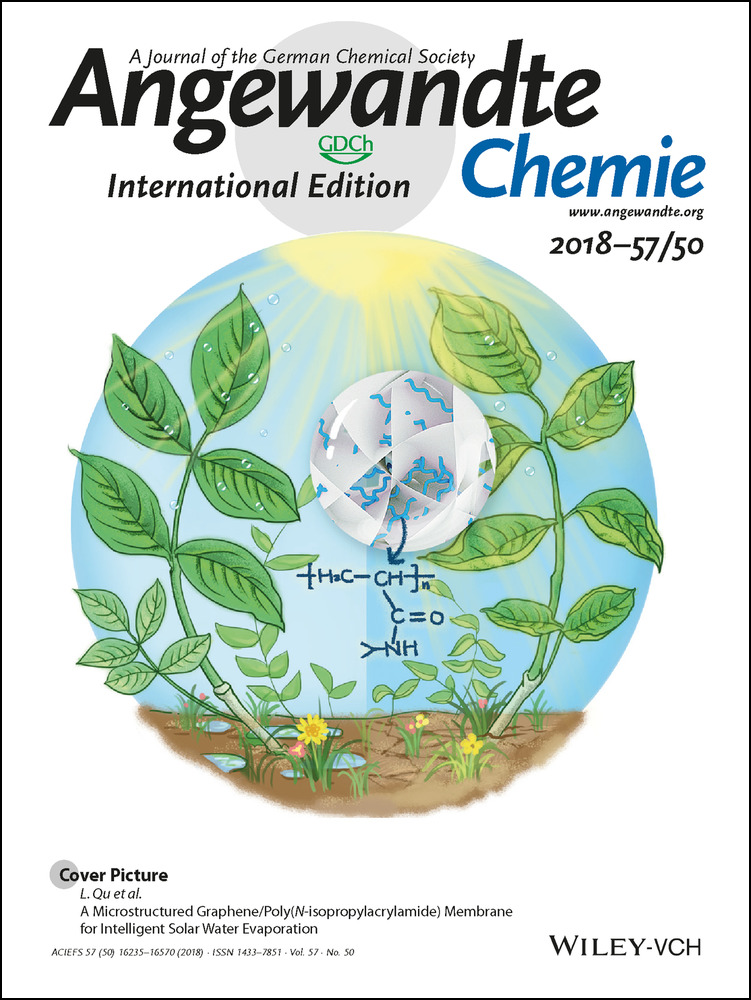Cationic Amphiphiles Induce Macromolecule Denaturation and Organelle Decomposition in Pathogenic Yeast
Graphical Abstract
Abstract
Cationic amphiphiles are a large and diverse class of antimicrobial agents. Although their mode of action is not fully resolved, it is generally accepted that these antimicrobials perturb the structural integrity of the plasma membrane leading to the microbial cell disruption. Here we report on the development of inherently fluorescent antifungal cationic amphiphiles and on the study of their effects on cells of Candida, one of the most common fungal pathogens in humans. Fluorescent images of Candida yeast cells that express a fluorescent reporter protein revealed that the cationic amphiphiles rapidly accumulated in the cytosol and led to structural changes in proteins and DNA. Using fluorescent organelle-specific dyes, we showed that these antifungal agents also caused organelle disassembly in Candida cells. The results of this study indicate that, in designing antifungal cationic amphiphiles for clinical use, the intracellular activities of these molecules must be addressed to avoid undesired side effects to mammalian cells.





